Home & Leisure
/ArcaMax
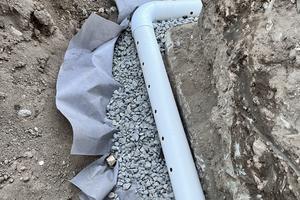
Ask the Builder: Effective drainage depends on proper design and use of materials
Water drainage is misunderstood by many homeowners, builders, YouTube personalities and building inspectors, if my email in-box is any indicator. I’ve lost count of the thousands of drainage help requests entered on the Ask Tim page of my AsktheBuilder.com website.
Geology was my college major, with a specific focus on hydrogeology. That’s ...Read more
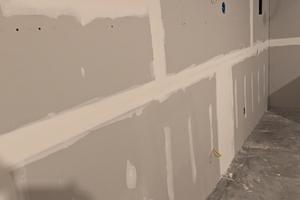
Ask the Builder: DIY drywall secrets make you a pro
I’ve been helping my son finish the basement in his 3-year-old home. We can only work on Saturdays, some Fridays and any paid days off he can spare. It’s been a lifelong dream of mine to help my kids work on their homes. Five years ago I installed all the plumbing, radiant heating and electrical cables in my oldest daughter’s home.
My son...Read more
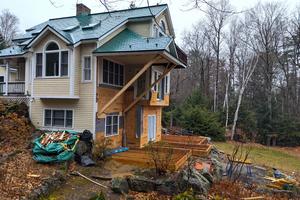
Ask the Builder: Building and remodeling mistake stories
Were you 100% satisfied with all of the work done on your last large project? I’m talking about near perfection. If you did an autopsy of all the problems, errors and delays on the big job, what do you think would be the top causes? How do you prevent problems? The answers may surprise you.
I was recently hired by a young couple in Denver to ...Read more
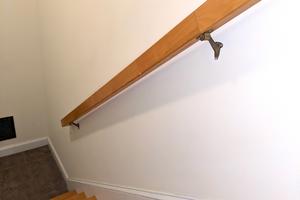
Ask the Builder: Avoiding DIY stair handrail woes
Several weeks ago, I shared a story with you about a young woman. She attends our church, and my wife and I are friends with her. A week ago she reached out to me with a new problem. She was attempting to install a new handrail on two flights of stairs in her condominium.
This woman had the best of intentions. She got her younger sister to jump...Read more
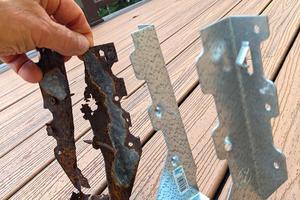
Ask the Builder: Beware of rusted joist hangers and nails
One of my newsletter subscribers, Robert, does handyman work on the weekends for friends and other homeowners. Eleven years ago, he wanted to learn how to frame a large shed, including common roof framing. He volunteered to help me build my 16- by 24-foot two-story shed. We’ve been fast friends ever since that week we worked together.
Robert ...Read more

Ask the Builder: Cleaning the inside of a toilet tank
Ed subscribes to my free weekly newsletter. He lives in western North Carolina, as does his son. His son’s house was flooded by a portion of the trillions of gallons of water Hurricane Helene unleashed on the interior Southeastern USA.
Ed’s son thought he was doing the right thing by asking one of the artificial intelligence (AI) engines ...Read more
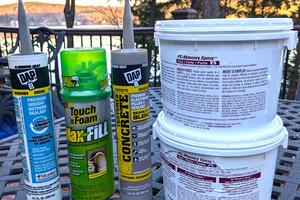
Ask the Builder: Different ways to patch a concrete crack
Several days ago, I had a texting exchange with a very smart woman who attends my church. She reached out to me the day before with a photo of water inside her garage and another showing a crack in the garage foundation wall near the water puddle. A rain shower had happened the day before, after weeks of no rain.
My wife and I are friends with ...Read more

Ask the Builder: Simple concrete patching secrets
Every seven weeks I sit in my barber’s chair and say to Mikayla: “Take no prisoners. Cut each and every one of them.” She giggles to humor me.
I have to step up from the asphalt parking lot to a concrete sidewalk to get to the shop door. Someone tried to patch a crack or a spalled area in front of the barber shop a few years ago. Spalling...Read more

Ask the Builder: How to size patios and decks
Are you planning a new deck or patio soon? There’s a very good chance you’re going to make it too small. I know this based on the thousands of complaints I’ve received over the years from homeowners just like you.
Most people don’t have the ability to look at a plan drawn by an architect or design contractor and then visualize that ...Read more
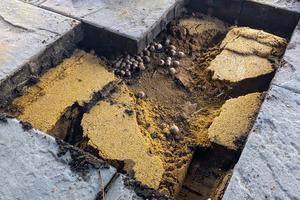
Ask the Builder: Pavers laid in sand are no match for burrowing animals
I installed an attractive concrete paver patio for my wife seven years ago. I knew it would fail, but I didn’t know when. She wanted the patio completed as soon as possible. This tight deadline dictated that I had to set the patio stones on sand instead of mortaring them to a steel-reinforced concrete slab.
My new flat patio soon was not so ...Read more
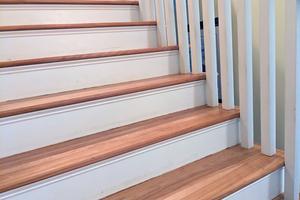
Ask the Builder: Why your stairs and steps are the size they are
You probably give little thought to why the stairs in your home are built the way they are. I’m talking about how high you need to lift your foot to get up to the next step and how deep the flat tread is when your foot falls. The vertical face of a stair is called a riser and the flat step is a tread.
I’ve built many staircases in my career...Read more
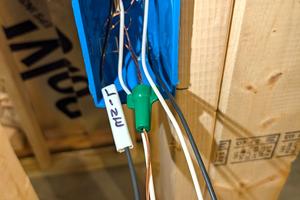
Ask the Builder: DIY electrical work at your house
Are you aware how expensive it is to hire a professional to do simple jobs around your home? I know they’re worth the price in many cases because I used to do that work day-in day-out. You may be on a fixed income and simply can’t afford to hire a pro. Thank your lucky stars there are thousands of great videos to help you, and keep in mind I...Read more
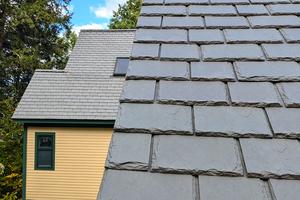
Ask the Builder: Asphalt shingle alternatives
Are you about to install a new roof on your home or small business? The odds are you’ll be giving serious consideration to asphalt shingles. This building material has dominated the U.S. residential roofing market for just about 100 years. Go back farther in time and other, more durable materials were the standard. Tin, slate, fiber cement and...Read more




























